
Hand-painted: Li Jie’s letter from a reader
How to choose a variety of “biodegradable” products
Starting from January 1 this year, Shanghai began to implement the “Plastic Restriction Order”. Many places no longer provide non-degradable disposable plastics such as plastic bags and plastic tableware. Products, this is undoubtedly a good thing that is beneficial to the environment. However, some businesses still use ordinary plastic bags for takeout, and the degradable plastic bags sold online have various claims, such as biodegradable, oxidative degradation, photodegradation, adding plastic chewing agents, etc. In daily life, how should consumers identify and choose real degradable plastic products?
Furthermore, even if plastics are biodegradable, what type of trash should they be thrown into when discarding them? Is it "dry garbage" or "wet garbage"? Hope to get help and answers from professionals.
——Reader Aunt Zhao from Putuo District
In order to reduce the use of disposable plastic products, Shanghai will implement a “plastic restriction order” starting from New Year’s Day this year. In addition to plastic substitutes such as cloth bags and paper straws, degradable plastic bags appear in large numbers in supermarkets, express delivery, and takeaways. However, what kind of "degradable" is environmentally friendly green packaging?
Ren Jie, a professor at the School of Materials and Engineering of Tongji University who has long been engaged in the research and development and industrialization of biodegradable materials, told reporters that there are many plastic products on the market claiming to be "degradable" or "added with degradable environmentally friendly materials", but in fact they are "Pseudo-degradation" of fish eyes mixed with beads. Microplastics produced by these plastic products because they cannot be completely degraded are even more harmful to the environment. For biodegradable products, the country has promulgated relevant standards and issued a unified "double J" logo, which can be used by citizens as an identification standard when purchasing.
Please stay away from these "pseudo-degradable products"
Currently, there are many plastic products on the market claiming to be "made from plant starch", "added with degradable ingredients", or "fully biodegradable". How do consumers judge their authenticity?
As we all know, disposable plastic products have brought convenience to modern life, but their uncontrolled abuse has also brought "white pollution" to the earth. Traditional disposable plastics cannot be degraded, resulting in a large number of plastic microparticles polluting the environment and entering the food chain, becoming an urgent issue for mankind in the 21st century. Restricting the use of disposable non-degradable plastics has also become a global consensus and trend.
"The biggest advantage of degradable plastics is that the disposable plastic products made of them will not cause harm to the environment even if they are released into the environment." Ren Jie said that degradable plastics will not cause harm to the environment in an environment with a certain temperature and humidity. Under the action of microorganisms, it can be completely decomposed into carbon dioxide and water in more than half a year, thereby alleviating the current "white pollution" problem.
Ren Jie introduced that the materials of real biodegradable plastic film bags, straws and other products currently on the market are usually polylactic acid (PLA), polybutylene adipate/terephthalate (PBAT), or It is PLA+PBAT+starch (St), etc. If the product material contains polypropylene (PP), polyethylene (PE), or high-density polyethylene (HDPE), it is a non-degradable plastic.
"Nowadays, some plastic shopping bags are made of starch or stone powder plus polyethylene or polypropylene. After such plastic bags are discarded or landfilled, only the starch will be decomposed by microorganisms." Ren Jie explained that this process It is only partially disintegrated, not fully biodegraded. The remaining polyethylene or polypropylene is still "white pollution" that cannot be digested by nature.
"Biodegradable" Recognize the "Double J" logo
When it comes to "degradable", plastic bags on the market have various claims such as photodegradation, oxidative degradation, biodegradability, and total degradation. Which one is representative? What about the "degradation method" that is truly beneficial to the environment? Ren Jie said that according to national standards, only biodegradable products are currently recognized, and other degradable products have been cancelled.
According to the "Guidelines for the Classification and Labeling of Biodegradable Plastic Products" released by the China Light Industry Federation in September last year, the graphic logo of degradable plastic products is "Double J", and consumers can use this as a guide when purchasing biodegradable plastic products. logo.
Ren Jie said that degradable plastics refer to degradation caused by microorganisms existing in nature in nature, such as soil, sand, freshwater environment, and under specific conditions (such as composting conditions, aerobic or anaerobic digestion conditions), and eventually Plastics that completely degrade into methane, carbon dioxide, water and their mineralized inorganic salts.
According to the guidelines, degradable plastics must be non-ecotoxic, meaning that after the degradable product is composted, the compost must not have a negative impact on the emergence and growth of plants or the survival of animals (such as earthworms).
"Some degradation methods, such as oxidative degradation, have been completely banned by the European Union." Ren Jie explained that oxidative degradation is achieved by adding oxidative degradation agents to traditional petroleum-based polyethylene plastics. In fact, polyethylene is degraded into low molecular weight polymers. matter, it cannot eventually turn into carbon dioxide and water. As a result, these low-molecular-weight polymers become microplastics in the environment. They not only pollute water bodies and accumulate in fish, but also cause capillary blockage in the soil, leading to reduced crop yields. The harm is more serious than if they were not degraded.
"Some plastic products even use non-degradable plastic raw materials, such as polyethylene, add some oxidative degradation agents and photodegradants, and then claim to be 'degradable', passing the market and disrupting the market." Ren Jie reminded consumers not to mistakenly think that this is the case. Plastic bags are environmentally friendly.
Is "degradable" considered wet garbage or dry garbage?
It has been accepted that plastic bags are thrown into dry trash cans after use. But biodegradable plastic bags can be degraded through composting and other methods, so should they be counted as wet waste? Ren Jie said that in theory, biodegradable plastic bags should be treated as wet garbage, but in fact such plastic bags are still treated as dry garbage. This depends on the current domestic urban waste disposal methods.
An important reason is that biodegradable plastic bags and wet garbage cannot be degraded simultaneously, which creates difficulties for industrial composting. Ren Jie told reporters that industrial composting of biodegradable plastic bags generally takes more than 60 days, while anaerobic fermentation of wet garbage only takes 20 to 30 days, and rapid aerobic fermentation even only takes 8 to 10 hours. Currently, he is taking the lead in a municipal scientific research project dedicated to solving the technical problem of simultaneous degradation of wet garbage and degradable plastic bags. “If the project progresses smoothly and degradable garbage bags are fully implemented, it is expected that by the year after next, Shanghai’s wet garbage There is no need to break the garbage bags.”
In addition, he reminded consumers that because biodegradable materials are still in the early stages of industrial development, their relative costs are relatively high. If you see that the price of biodegradable products is the same as or even cheaper than ordinary plastic, it is likely that they are pretending to be biodegradable.
Author: Xu Qimin
Source: Wenhui




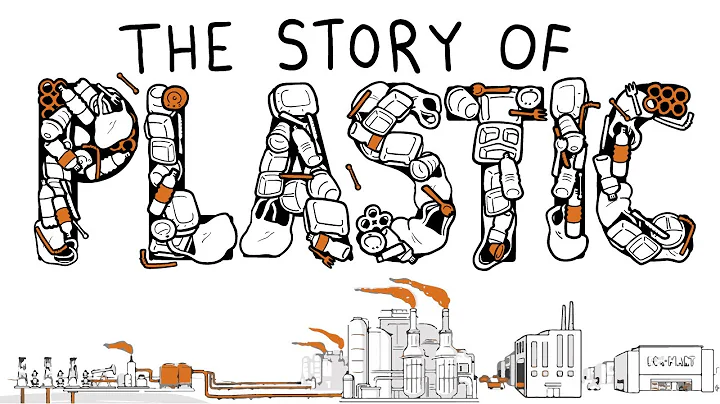

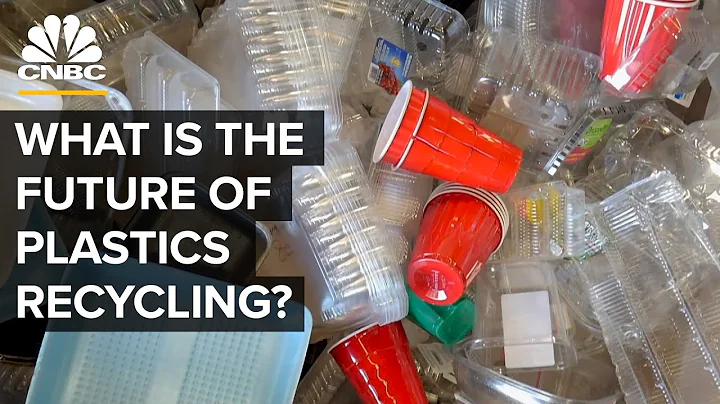
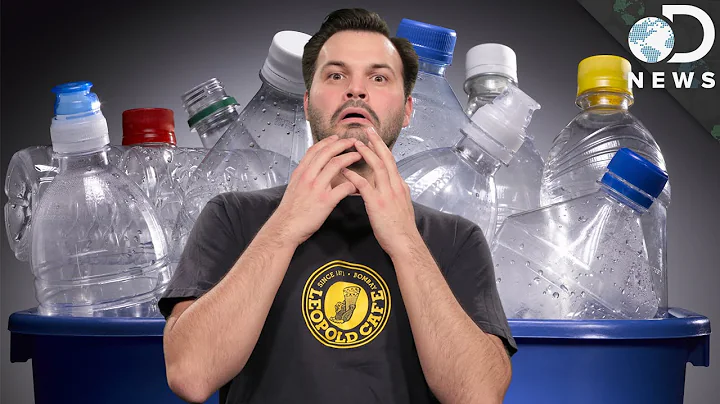
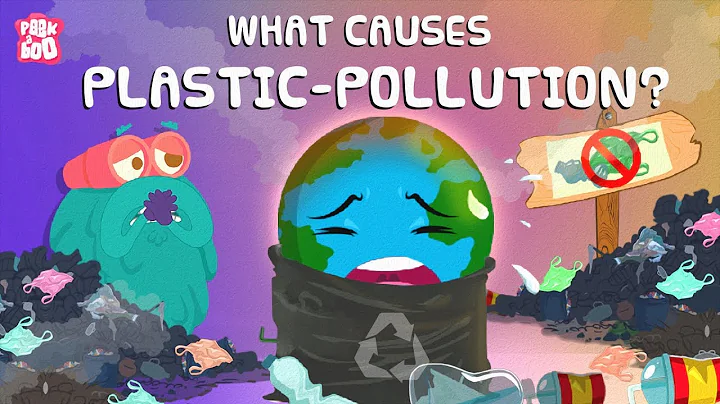
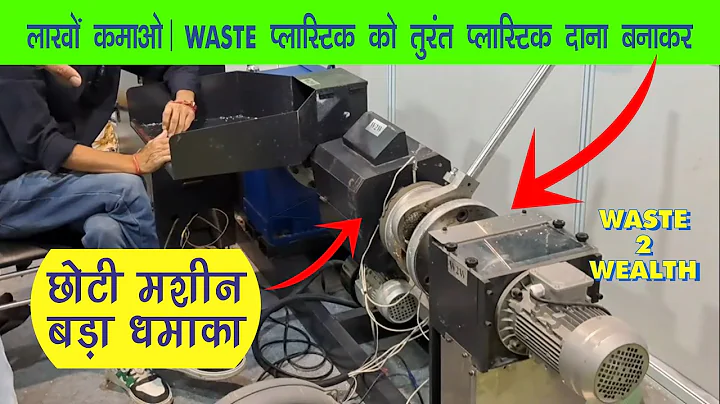
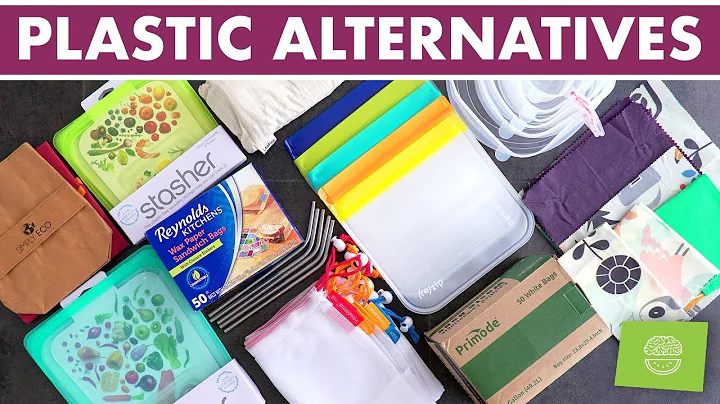

![PETRONAS Malaysia Open 2024 | Viktor Axelsen (DEN) [1] vs. Shi Yu Qi (CHN) [7] | SF - DayDayNews](https://i.ytimg.com/vi/xWfbR90XPQo/hq720.jpg?sqp=-oaymwEcCNAFEJQDSFXyq4qpAw4IARUAAIhCGAFwAcABBg==&rs=AOn4CLBOK_kFULTF5wzIiEh5jiPWwYYThQ)








